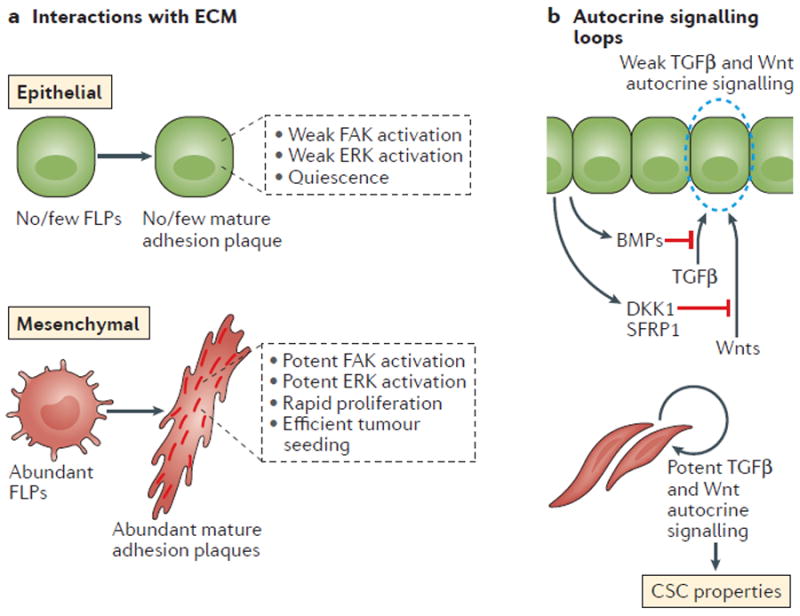Figure 4. The mechanistic link between the epithelial-to-mesenchymal transition (EMT) programme and cancer stem cell (CSC) status.

a ∣ The EMT programme enables carcinoma cells to interact productively with the surrounding extracellular matrix (ECM) proteins. Such changes in cell interactions with the ECM, in turn, reinforce the tumour-initiating ability of cancer cells with an active EMT programme. In particular, EMT enables the efficient development by carcinoma cells of integrin-containing mature adhesion plaques, and these plaques, once formed, trigger signalling pathways critical to the proliferation of cancer cells, such as those involving focal adhesion kinase (FAK) and extracellular signal-related kinase (ERK). b ∣ The activation of the EMT programme results in the establishment of several autocrine signalling loops, including the transforming growth factor β (TGFβ) and canonical and/or noncanonical Wnt pathways. These signalling loops contribute to the CSC properties of cells with an active EMT programme. BMPs, bone morphogenetic proteins; DKK1, Dickkopf-related protein 1; FLPs, filopodium-like protrusions; SFRP1, secreted Frizzled-related protein 1.
